左叶子之和
递归三部曲
- 确定递归函数的参数和返回值
int sumOfLeftLeaves(TreeNode* root)
- 确定终止条件
遍历遇到空节点
if (root == NULL) return 0;
- 单层的递归逻辑
遍历顺序:左右中(后序遍历)
选择后序遍历的原因:要通过递归函数的返回值,累加求左叶子的数值和
错解
//单层递归的逻辑
int leftValue = sumOfLeftLeaves(root->left);
if(root->left && !root->left->left && !root->left->right)
{
leftValue = root->left->val;
}
int rightValue = sumOfLeftLeaves(root->right);
if(root->right && !root->right->left && !root->right->right)
{
rightValue = root->right->val;
}
int sum = rightValue + leftValue;
return sum;
 错误原因:这里将右叶子结点也算进去了
错误原因:这里将右叶子结点也算进去了
正解
/**
* Definition for a binary tree node.
* struct TreeNode {
* int val;
* TreeNode *left;
* TreeNode *right;
* TreeNode() : val(0), left(nullptr), right(nullptr) {}
* TreeNode(int x) : val(x), left(nullptr), right(nullptr) {}
* TreeNode(int x, TreeNode *left, TreeNode *right) : val(x), left(left), right(right) {}
* };
*/
class Solution {
public:
int sumOfLeftLeaves(TreeNode* root) {
//递归的终止条件
if(root == NULL) return 0;
if(root->left == NULL && root->right == NULL) return 0;
//单层递归的逻辑
int leftValue = sumOfLeftLeaves(root->left);
if(root->left && !root->left->left && !root->left->right)
{
leftValue = root->left->val;
}
int rightValue = sumOfLeftLeaves(root->right);
/** if(root->right && !root->right->left && !root->right->right)
{
rightValue = root->right->val;
}**/
int sum = rightValue + leftValue;
return sum;
}
};

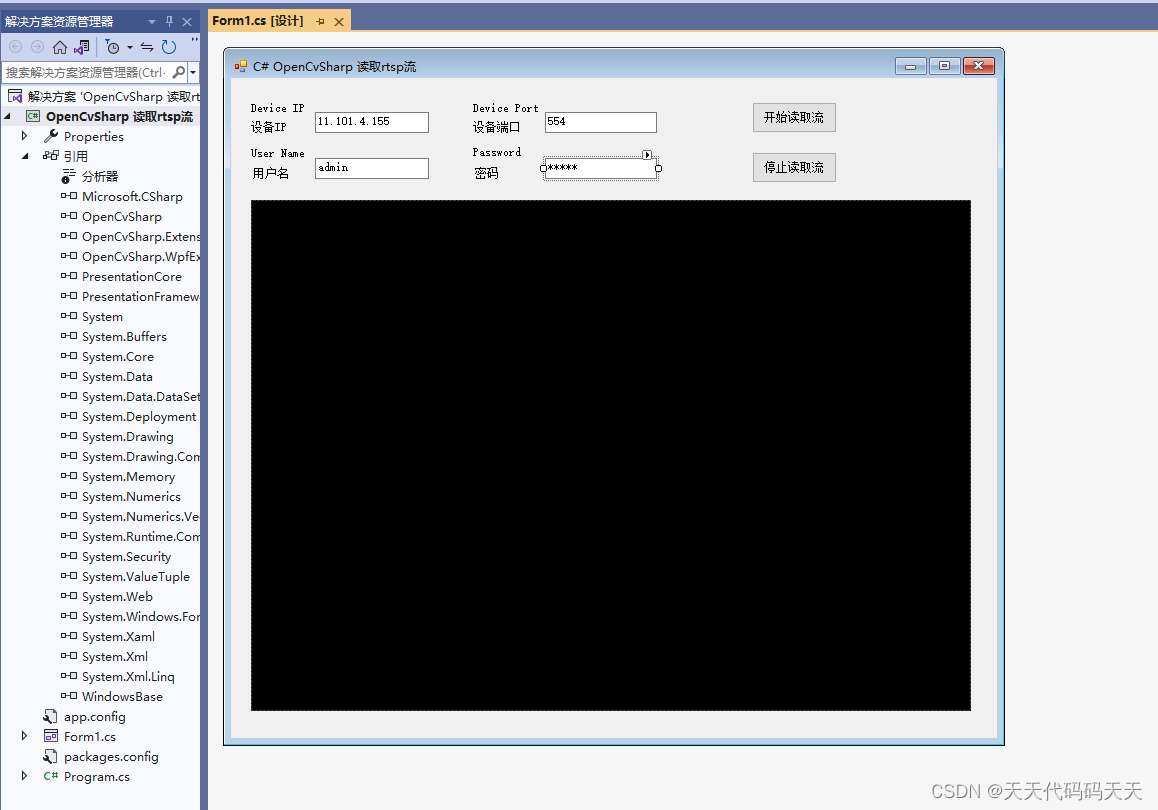
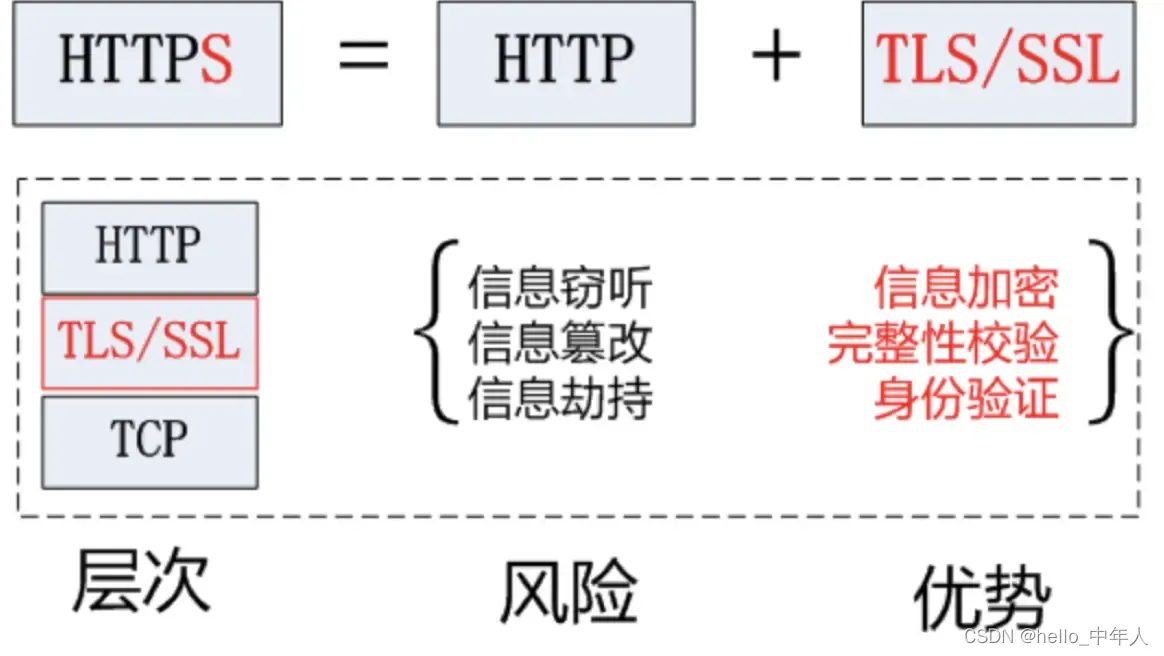

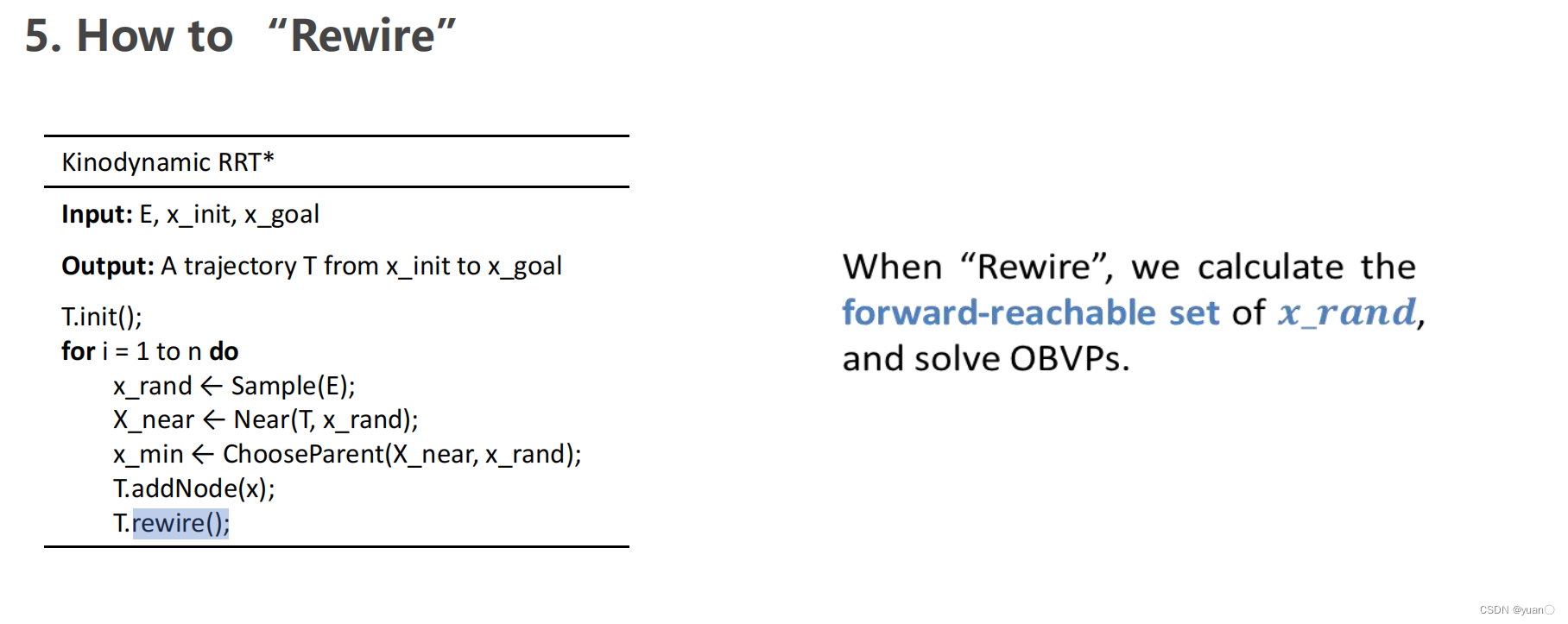
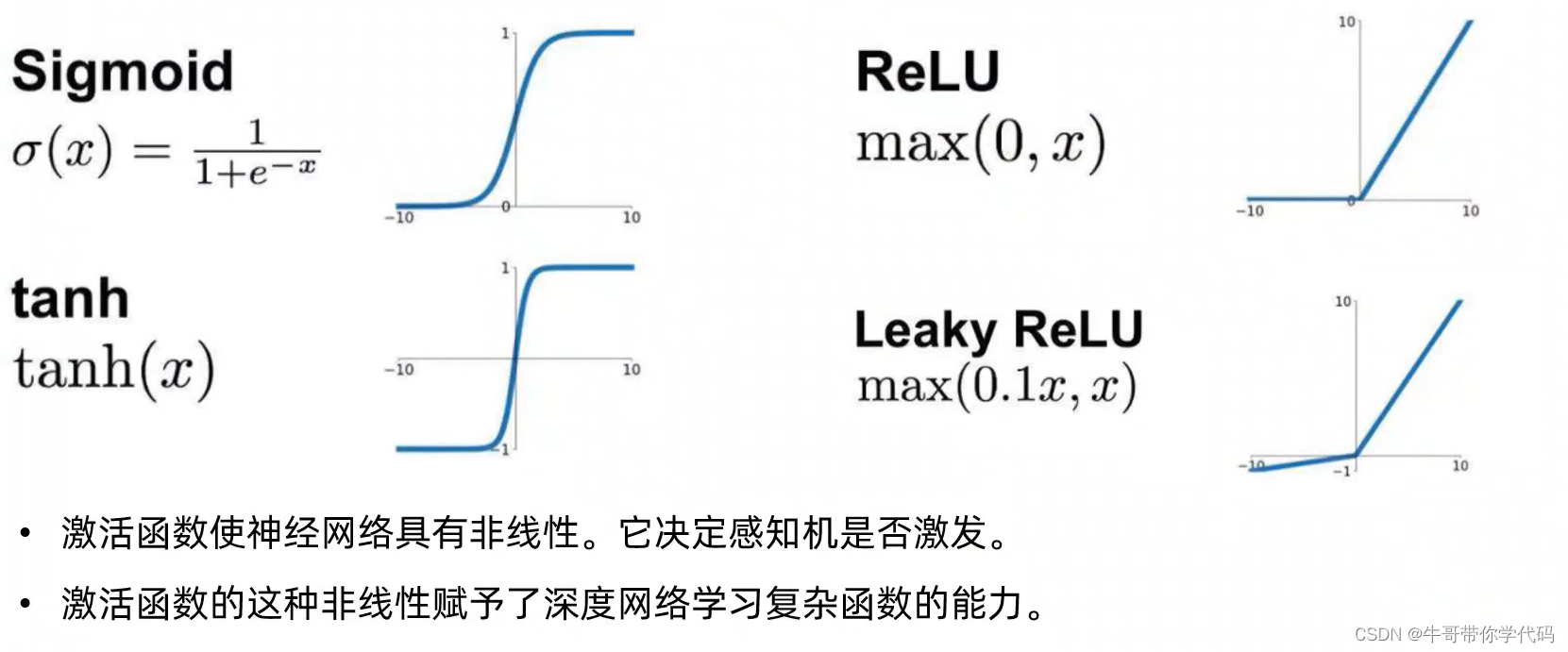

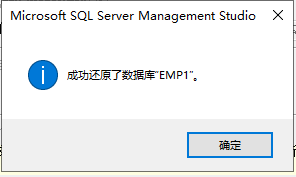

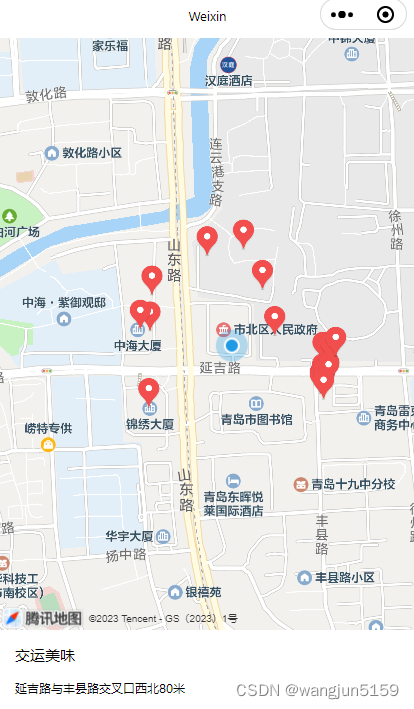


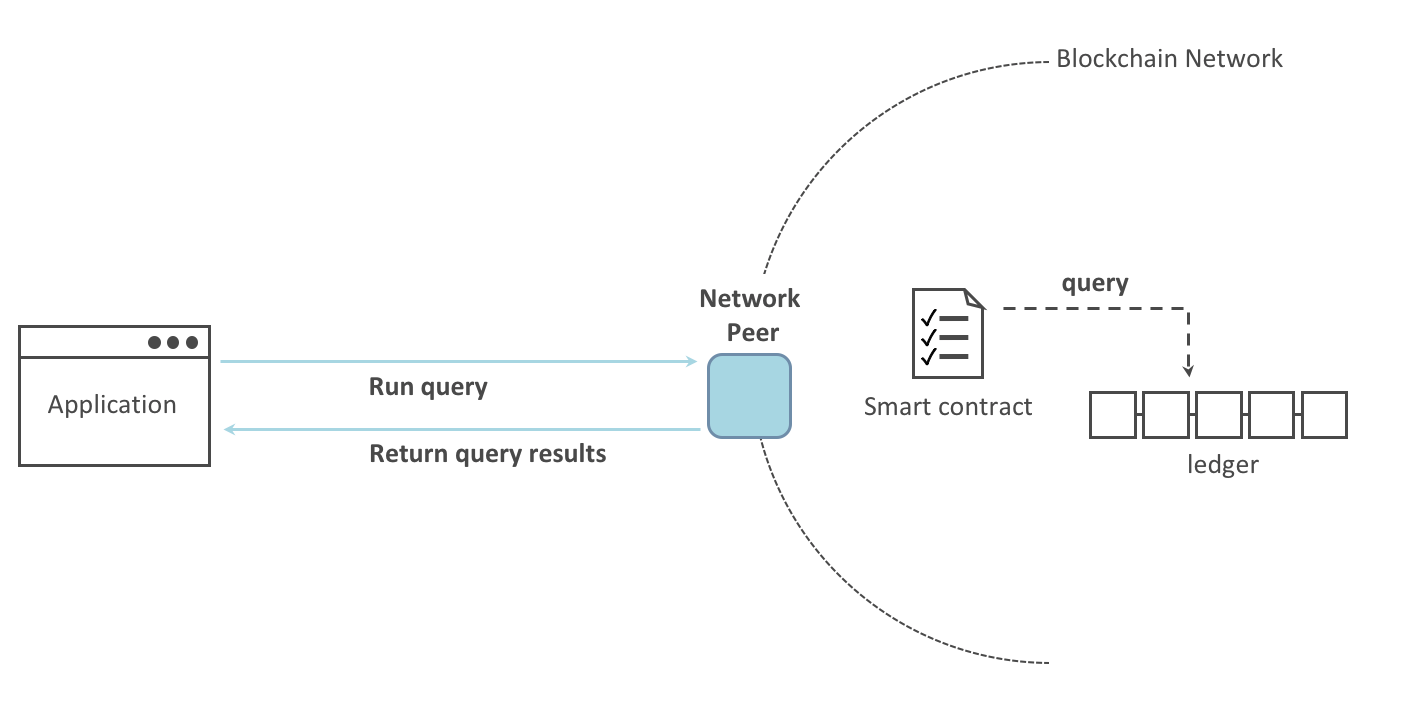

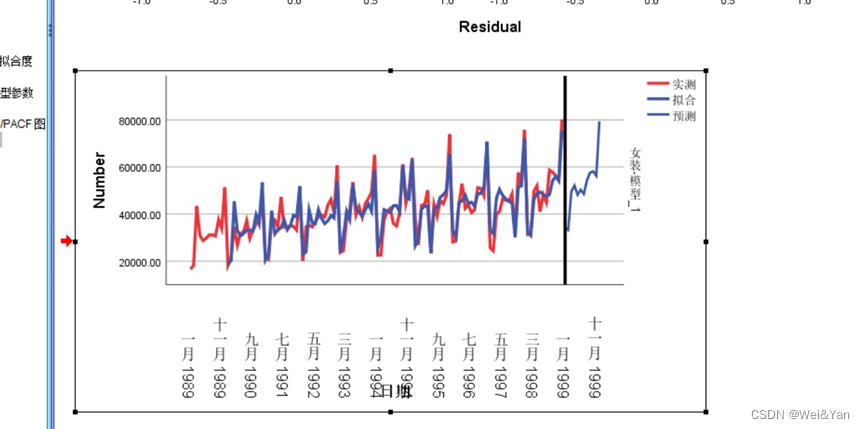


![[LeetCode - Python] 11.乘最多水的容器(Medium);26. 删除有序数组中的重复项(Easy)](https://img-blog.csdnimg.cn/d8583aed89c74b628cfa1e67253e2e79.png)

